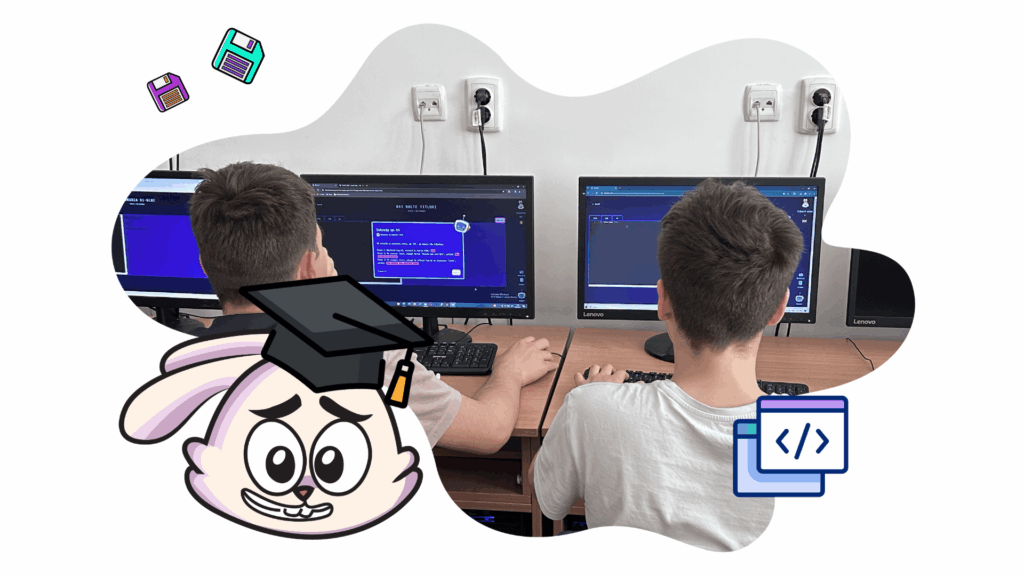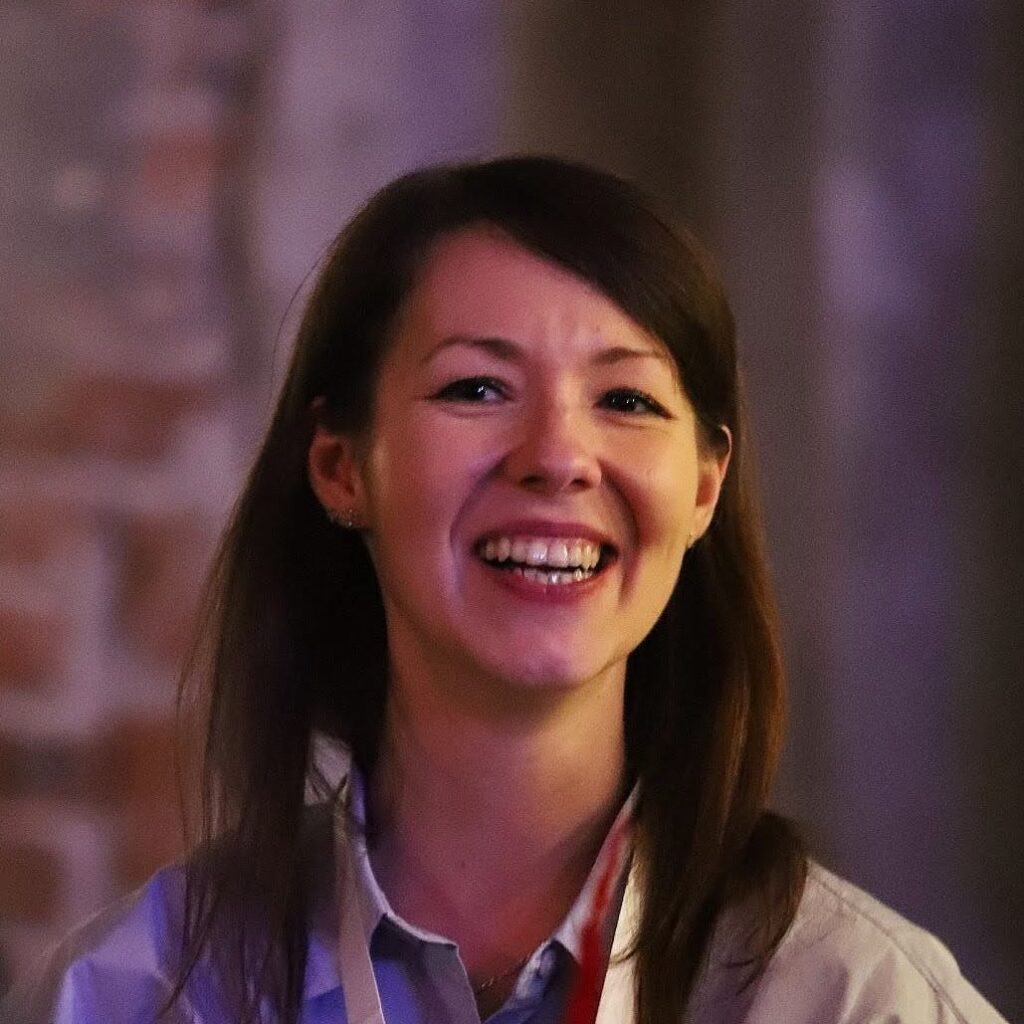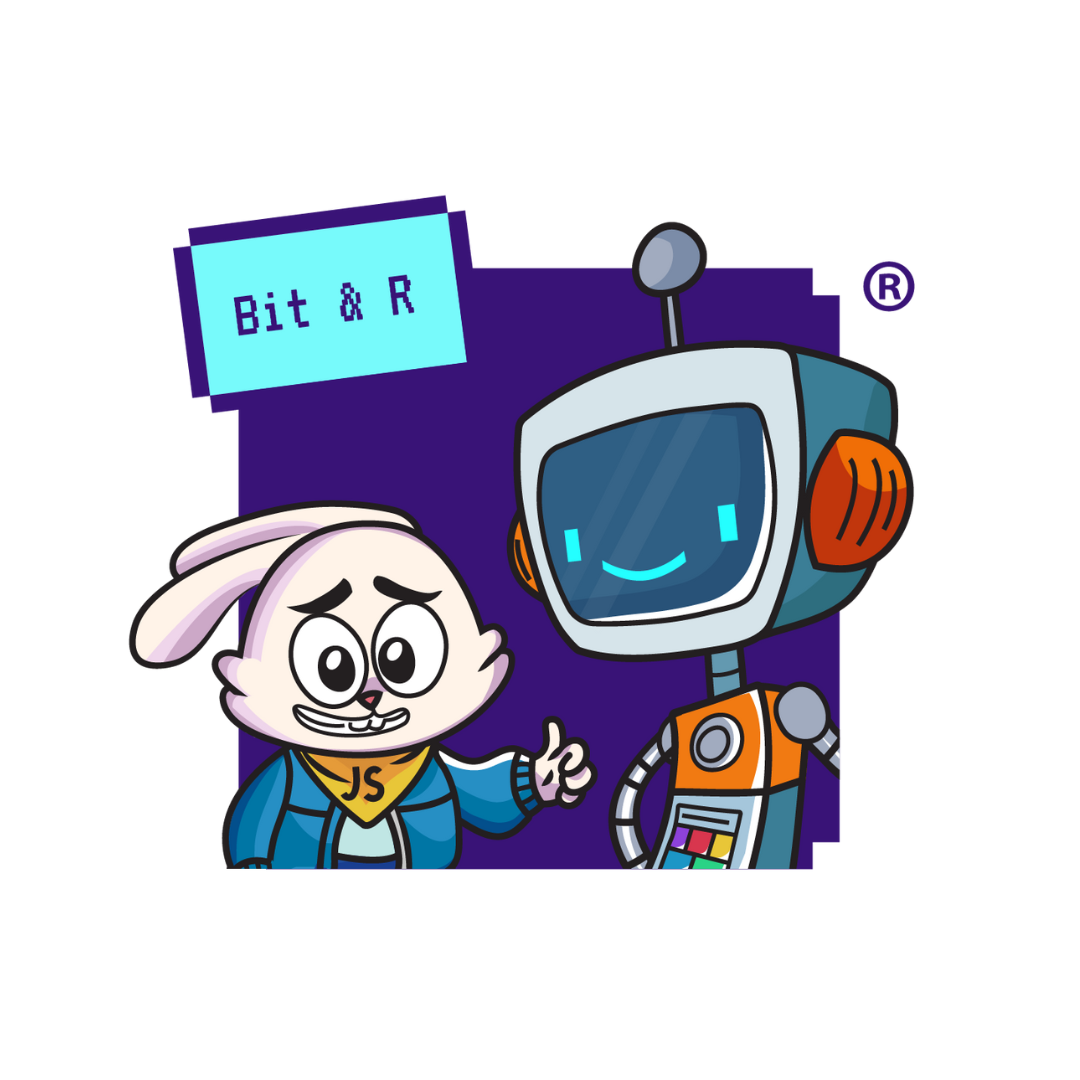When Diana Miron noticed how many kids lost interest in coding before they ever wrote a line of real code, she decided to change that. Together with her co-founder, she built Bit&R: an AI-driven platform that teaches kids between the ages 10-14 to code by creating and sharing their own games.
With their soon to launch AI co-pilot 'Robert', the team is making coding playful, inclusive, and accessible for young learners everywhere, paving the way for a future where digital literacy is as natural as reading or writing. In this story, we speak with Diana about their vision and innovation, the impact they are making and the choice to join the EIT AI Founders Club.
The Innovation: Personalized learning paths
Tweens (kids aged 10–14) often sit between block-based tools and adult coding platforms, with few options that match their skill level and pace. Most existing tools fall at either extreme: overly simple drag-and-drop environments that lack substance, or complex coding environments that assume prior knowledge and maturity.
When results take weeks, attention fades. So the goal for Diana and her co-founder Claudia was enabling children to build something real and fun within hours. That mission crystallized into Bit&R: an adaptive, AI-driven platform that lets kids learn by creating and sharing games.
At its core, Bit&R offers interactive game-based learning coding projects, a game building feature and a collaborative community. “We are now working on developing our own generative AI model, 'Robert', to act as the kids’ co-pilot, while also personalizing the learning journey for each child" says Diana.
Key features that make their platform stand out are:
- 360-degree learning experience - the platform uses real code that produces playable, community-sharable games; far beyond static challenges.
- Proprietary AI-copilot - 'Robert' guides learners in real time and makes coding feel like play rather than chore.
- Fuzzy logic and multi-linguistic semantic analysis - ensures curated, child-safe educational content.
- Translinguistic algorithm - interprets text independent of language and enables seamless scaling across languages and contexts.
"What sets us apart is the speed and playfulness of the experience. A child can build a website or a game in just a few hours, gaining confidence and motivation, while also being part of a community where they can showcase their creations."

Real-World Impact
Bit&R has already served over 1500 users, both as individuals at home and in ICT classes in 17 schools across Europe. Their main users are children aged 10–14 that use Bit&R to learn at home, at their own pace and in their own time while also providing value for homeschooled students. They’ve also reached coding hubs to future use Bit&R as a third-party coding platform integrated into their course curriculum.
Beyond just teaching skills, Bit&R contributes to inclusivity by making coding education accessible to children regardless of their background, preparing them for a future where digital literacy is as fundamental as reading and writing. The company is partnered with local NGOs that use Bit&R to teach coding, extending their mission beyond technology to empower and impact underserved communities.
"A standout example is David, one of our top users on the Bit&R platform. His passion for coding and determination were evident early on, and we took him on as an intern at just 17 years old. Within three months, he grew into a proficient full-stack developer, showcasing the potential of Bit&R and accessible coding education."
From self-taught techie to Edtech founder

Diana is a self-taught developer and Edtech founder, and a STEM education advocate with over a decade of experience.
She’s spent her adult life consistently working at the intersection of technology, youth empowerment, with a deep-rooted passion for technology and education.
“A book that I really enjoyed is Hackers and Painters by Paul Graham,” says Diana. “You can see coding as a creative act: something that anyone can use to build, express, and solve problems. My journey into entrepreneurship came from a desire to make coding more accessible, engaging and fun," she recalls. “I co-founded JSLeague as a B2B tech and coding training business, with Bit&R as our spin-off product for kids. Together with my co-founder Claudia, we launched JSKids in 2021 - an online coding class designed to teach children practical coding skills through the engaging experience of game development. This approach not only kept kids entertained but also redefined how they spent time in front of screens during the pandemic.”
The team saw a significant gap in coding education for tweens. These young learners wanted to move beyond block-based coding challenges, but struggled to find fun, structured resources that matched their skill level. This motivated Diana and Claudia to create a solution that could bridge this gap.
"Over time, I’ve learned that it’s less about chasing a perfect idea from the start and more about staying adaptive, listening carefully to users, and creating products that help children prepare better for the future."
They intentionally designed Bit&R as a scalable tech product: accessible to every kid on Earth, with empowerment as the focal point. Through this approach, it fosters creativity, diversity, and innovation in tech education.
One of the most common misconceptions about Bit&R is that it’s just another coding platform. In reality, their AI co-pilot could create an entirely new way of learning that feels natural and engaging. Inside the team, the culture is collaborative, curious, and deeply mission-driven. They are constantly learning and exploring new things in both tech and business. “We combine deep technical expertise with a human-first approach to education, ensuring that as we scale, we don’t lose sight of our purpose.”.
Scaling the platform: code education everywhere
The team invested hugely to accommodate various learning styles and cognitive needs and making the platform a robust, forward-looking solution for preparing all children for a digital future, with a retro child-friendly interface that requires no prior coding experience.
“Our scaling strategy begins with English and German-speaking countries in Europe, where we already have traction, and expands globally through schools, and partnerships with other coding hubs.“ says Diana.
What makes Bit&R adaptable across geographies and industries is its core AI co-pilot, which can adjust learning paths and scales quickly across languages. This flexibility ensures that the solution can grow and remain relevant across multiple contexts.
Joining the EIT AI Founders Club was a strategic step in Bit&R’s growth journey: a way to learn from peers, exchange expertise, and strengthen their approach to responsible scaling.
"I decided to join the AI Founders Club to connect with like-minded entrepreneurs and accelerate Bit&R’s growth by sharing knowledge, challenges, and AI best practices, especially when it comes to safety and ethical AI development. The program fits perfectly into our vision of scaling responsibly while keeping innovation and impact at the core of everything we do."
Looking Ahead
The next steps for Bit&R include launching the AI model with Europe as a test-bed and expanding it in the future to support multiple coding languages and STEM concepts. In terms of business growth, the team plans to scale globally, offer support for over 20 languages and teach additional age groups how to code.
“Our long-term ambition is to build the first AI model designed for kids, bringing tech innovation into EdTech, while redefining how kids of all ages learn to code. We believe digital literacy should be as fundamental as reading or writing” Diana affirms.


